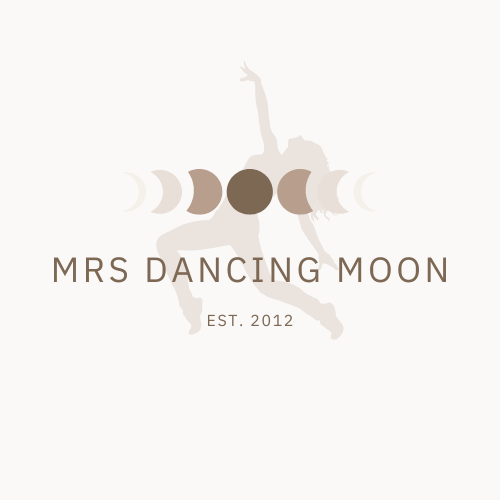To begin, the word doula comes from the ancient Greek and means "a woman who serves". This is no doubt what a birth doula does for the expecting and laboring mama. Birth doulas provide continuous, non-medical care which can include:
- physical support
- emotional support
- information
- breathing techniques
- relaxation techniques
- laboring positions
- comfort massage
- ensuring you are fed and hydrated
- cues on when to travel to your delivery destination
Per a published 2012, Hodnett et al. updated Cochrane review on the use of continuous support for women during childbirth, the randomized results of over 15,000 women in 22 trials who received continuous, one-on-one support during their labor expressed that women with continuous support were more likely to:
- have a spontaneous, vaginal birth
- have little or no pain medication
- experience less pain
- have fewer epidurals
- have positive feelings about childbirth
- have fewer vacuum or forceps-assisted births, and C-sections
- have shorter labors
- lower blood pressure during labor
- have higher success with breastfeeding
I'm having my baby at the hospital ~ can I still have a doula?
ABSOLUTELY! Considering that floor doctors and nurses work in shifts, they may end their shift while you are still laboring. Your doula, however, will be with you throughout the duration of your labor and delivery.
Often times, hospital deliveries are more ideal with a birth doula present. Hospital protocol tends to undermine a woman's confidence to give birth and a reassuring doula can help resulting in a lower need for interventions.
I'm planning a home or birth center birth ~ is there a point to having a doula?
Birth doulas are still great to have for home or birth center births. The medical staff (typically midwives) need their energy to focus on the medical portion of your care rather than on your emotional and physical support. This is where a doula makes a great addition to the birth team. A birth doula will work in conjuction with your medical staff to help achieve optimal positioning and comfort for you and your baby. A doula can also help by giving your partner a break when they need it.
How can a doula help my partner?
Doulas are experts with birth. Not only can they offer information and comfort to mama, they can do the same for the partner who may be experiencing their own fears and anxieties. A doula can also guide the partner with tips and strategies for making mama feel safe and at ease, or they can step in where a partner's strengths may be lacking. Sometimes the doula or partner need to step away to eat or use the restroom. Having them both present during the birth of a baby allows the option to tag team so that a laboring mama is never left alone.
Are Doulas and Midwives not the same?
Doulas and Midwives are not the same. Doulas are not required to have any training, however most do and receive certification. Midwives are medically trained and licensed by the medical board. Unless a doula is also a medical professional (like a nurse or midwife), a midwife can do such things as:
- take your blood pressure
- take your temperature
- perform a vaginal exam
- perform routine blood work
- catch your baby
Midwives typically arrive once a woman is in active labor or in transition and 'catches' the baby.
A doula on the other hand, is limited to the emotional, physical and informational support UNLESS they have additional training and have been hired to perform under that license. Doulas arrive when a mama feels they are in need of support. This can often times be much earlier that the arrival of a midwife or before heading into the hospital or birth center.
Birth Doulas can really offer much needed and even unexpected support to a laboring mama. The newness and unfamiliarity that birth brings is like no other on this Earth. A doula reminds women to hold on to a deep trust and surrender beyond ourselves to help create and experience the most precious, memorable, and profound time of a woman's life.
I'm happy to connect with you about my birth doula services. Feel free to schedule a brief call HERE, or email me at info@mrsdancingmoon.com.





